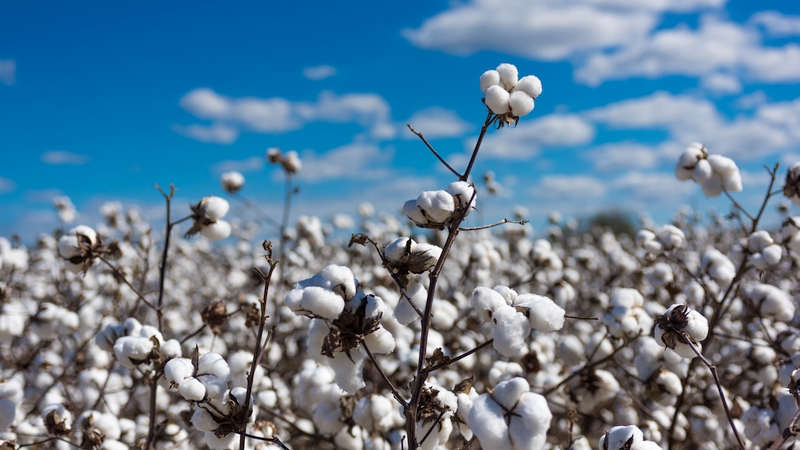Plexus: Price Drop Pushes Market Back Into Sideways Mode
New York futures ended the holiday period on a weak note, as March dropped 21 points since the last Plexus report on December 18, closing the year at 60.27 cents.
On December 22, the market broke through the 61 cents resistance area, triggering sizeable spec buying that propelled the March contract all the way up to a high of 62.84 cents the next day. However, with the AWP vs. Futures spread widening to 1,450-1,500 points at that time, heavy trade selling capped any further advances, and the market traded the following five sessions in a tight range near 62 cents before collapsing back towards the 60 cents level in the last session of the year.
The latest CFTC report confirmed that spec short covering was responsible for the market’s recent strength, as specs bought a total of 13,419 contracts net between December 17 and December 23. The trade was on the other side, selling a total of 14,053 contracts into the advance, while Index funds made up the difference by buying 634 contracts net. Although speculators are now just 0.3 million bales net short overall, they maintain rather large outright long (+5.9 million bales) and short (-6.2 million bales) positions, which have the potential to generate momentum to either side over the coming weeks. The trade is 4.7 million bales net short, which is a lot less than in recent years. But here too, we have sizeable outright longs (+5.9 million bales) and shorts (-10.6 million bales) opposing each other. Index funds are still the only group on the long side with a 5.0 million bales net long position.
The trade’s relatively small net short position in the futures market compared to previous years is related to the price support mechanisms by the U.S. and Indian governments, which act like a “put option” to holders of cash cotton, and therefore make it unnecessary to take out additional price protection in New York.
So far only 7.3 million bales have been freed from the loan, which means that over 8 million bales of U.S. Upland cotton are still playing the loan subsidy game.
U.S. export sales for the week ending December 18 were a positive surprise at 317,400 running bales net. China was responsible for nearly half of the turnover with 153,800 running bales net, and there were a total of 19 markets participating in the buying. Shipments finally picked up their pace as well, with 209,800 running bales crossing the border.
Total commitments for the season now amount to 7.6 million statistical bales, of which 2.2 million have so far been exported.
When we look at the latest statistical position of the U.S., we have total commitments of around 11.4 million bales (7.6 for export and 3.8 to domestic mills) against free supplies of around 9.8 million bales (2.5 beginning stocks plus 7.3 million freed from loan). In other words, there is still no excess cotton in the marketplace to put pressure on prices. And based on the latest AWP figures, that won’t change anytime soon.
Next week’s AWP is projected to be at 48.74 cents, or just 15 points higher than the current week. That’s not enough of an incentive to lure additional cotton out of the loan, especially since the recent sharp price drop projects a lower AWP in the weeks ahead. Growers will therefore get rewarded for sitting on their hands.
While U.S. cotton continues to play hard to get, news out of India about an impending tender to start disposing of CCI stocks took the market by surprise and was probably at least partly responsible for the market’s sharp selloff. So far, traders had been under the impression that the CCI would not start selling its stocks of currently 3.7 million local bales until most of the crop has moved out of grower hands.
Details of the first tender, which is scheduled for January 7, are not yet available. But if we get supply pressure out of India below the MSP (minimum support price), it may lead to a price fight between India, West Africa and the U.S.
So where do we go from here?
The recent price collapse, which erased all gains from the previous nine sessions in one fell swoop, has killed any upside momentum and moved the market back into the 58-61 cents sideways range from which it tried to escape. With the AWP now trending lower again, it will be difficult for U.S. cotton leave the loan in the near future. But if the CCI follows through with its tenders, India may take over as the price driver on the international scene.
From a longer-term perspective, it is desirable to have a relatively weak market going into the planting season. There is simply too much cotton on the global balance sheet, and we therefore need to see a significant reduction in production next season. In other words, the lower prices go over the next 3-4 months, the better the chances for a recovery in the 2015/16 season.
THE ABOVE IS AN OPINION, AND SHOULD BE TAKEN AS SUCH. WE CANNOT ACCEPT ANY RESPONSIBILITY FOR ITS ACCURACY OR OTHERWISE.
Source – Plexus








